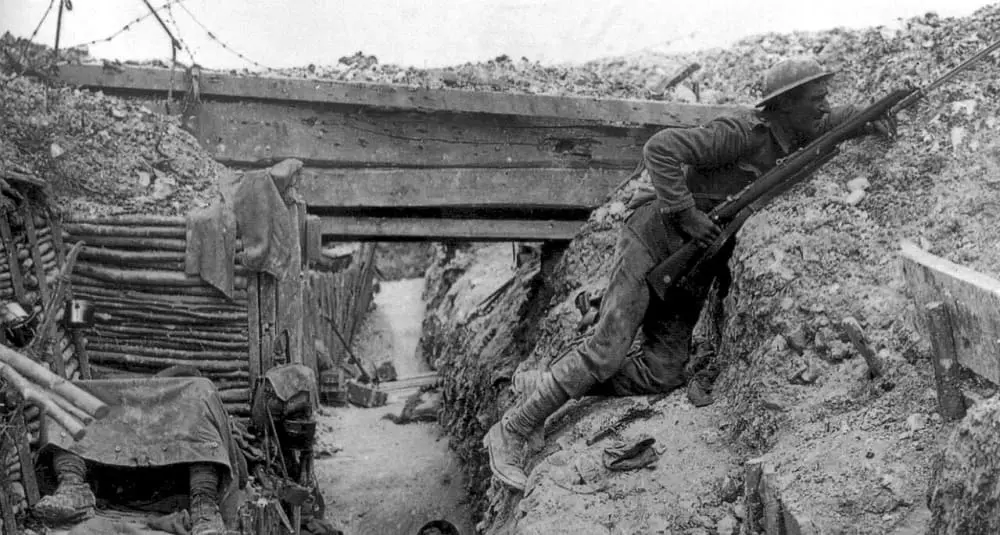Which countries are part of the Triple Alliance?
Last Updated:
The Triple Alliance was a military coalition formed in 1882 between three major European powers, the German Empire, the Austro-Hungarian Empire and the Kingdom of Italy. This pact, concluded against a backdrop of growing tensions between European states at the end of the 19th century, was intended to create a system of defensive alliances to ensure the mutual security of the signatories in the event of aggression.
The aim of the Triple Alliance was to maintain the balance of power in Europe, in a period marked by territorial rivalries, colonial ambitions and the rise of nationalism. This system of alliances soon came up against another strategic agreement, the Triple Entente, made up of France, the United Kingdom and Russia. These two blocs would plunge Europe into the World War I.
Created in 1871 after France’s defeat in the Franco-Prussian War, the Second Reich, led by Kaiser Wilhelm I (later Wilhelm II), was the continent’s dominant industrial, military and scientific power. Germany was behind the diplomatic initiative of the Triple Alliance, designed to isolate France and avoid war on two fronts.
Led by the Habsburg dynasty, the Austro-Hungarian Empire saw the alliance with Germany as a means of strengthening its fragile position in the face of internal tensions (Slav nationalism) and external tensions (notably Russian expansionism in the Balkans). Austria-Hungary and Germany shared a strong cultural and political proximity, which consolidated their cooperation.
Italy joined the Triple Alliance in 1882 for strategic reasons, seeking to assert itself as a great power after its late unification. It was, however, the weak link in the pact, as its interests sometimes conflicted with those of Austria-Hungary, particularly in the border regions of Tyrol and Istria, populated by Italians but under Austro-Hungarian domination.
The Triple Alliance was not an offensive pact. It was a mutual defense agreement, if one of the members was attacked by two or more powers, the others undertook to provide assistance. The treaty also included secret clauses, and was renewed several times, notably in 1887 and 1902.
Despite this agreement, the Triple Alliance never took collective military action in its early years. Relations between its members remained marked by underlying rivalries, notably between Italy and Austria-Hungary.
When the World War I broke out in 1914, following the assassination of Archduke Franz Ferdinand in Sarajevo, Germany and Austria-Hungary went to war against Serbia, Russia, France and the United Kingdom. Italy, still part of the Triple Alliance, initially opted for neutrality.
In 1915, after signing the Pact of London with the Allies, Italy finally joined the Triple Entente, against Germany and Austria-Hungary, in exchange for territorial promises. The Triple Alliance was thus effectively dissolved, although its two remaining members (Germany and Austria-Hungary) continued the war as central powers.
The Triple Alliance united Germany, Austria-Hungary and Italy in a defensive pact signed in 1882. Although its aim was to prevent conflict by maintaining a strategic balance in Europe, it failed to withstand rising international tensions. On the eve of the World War I, the alliance crumbled, and Italy eventually switched sides. This system of rigid alliances was one of the main factors behind the general conflagration in Europe in 1914.
history

Which countries are part of the Triple Alliance?
Answer
The Triple Alliance comprised Germany, Austria-Hungary and Italy, united by a defensive military treaty signed in 1882 and active until 1915.